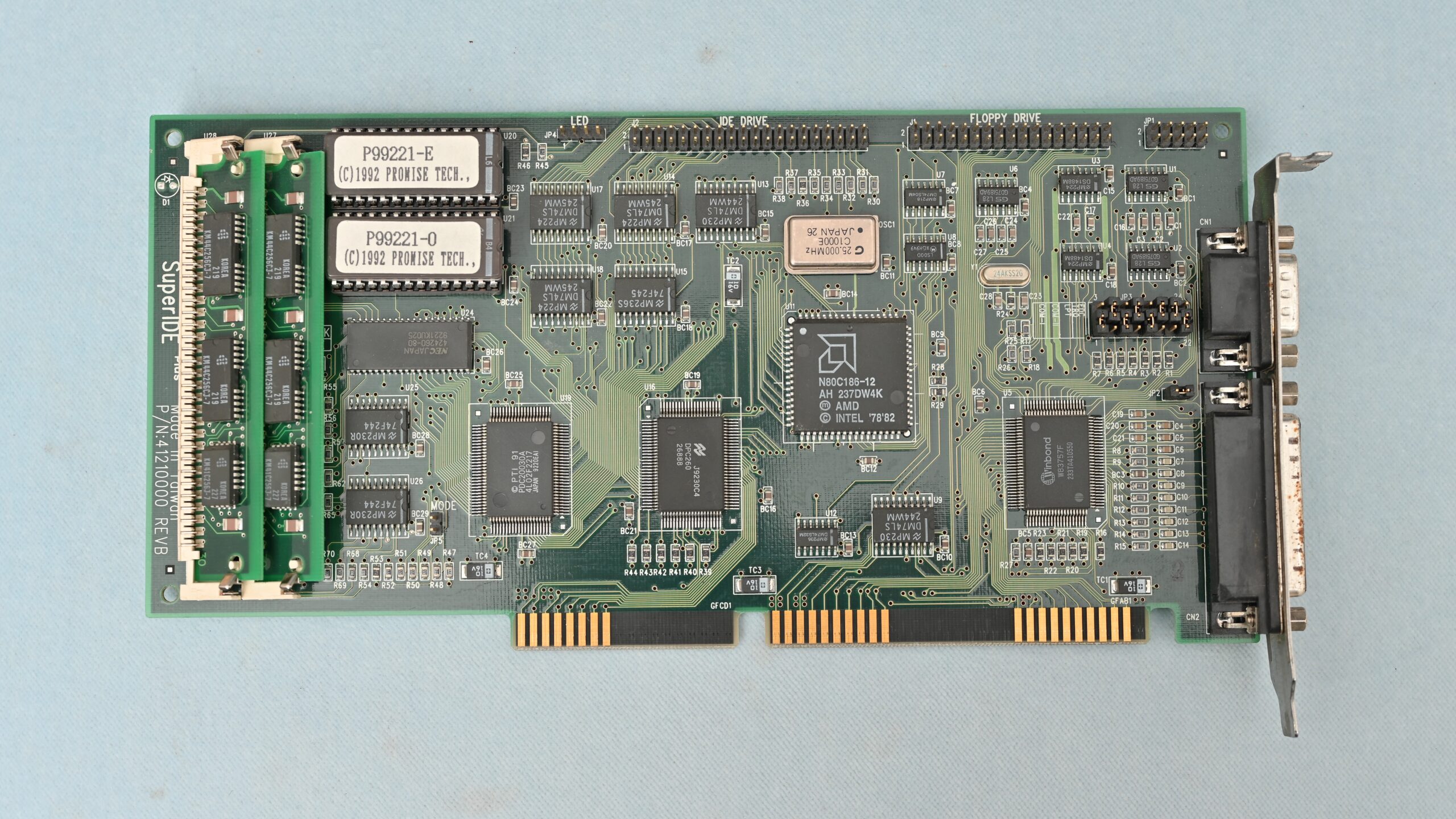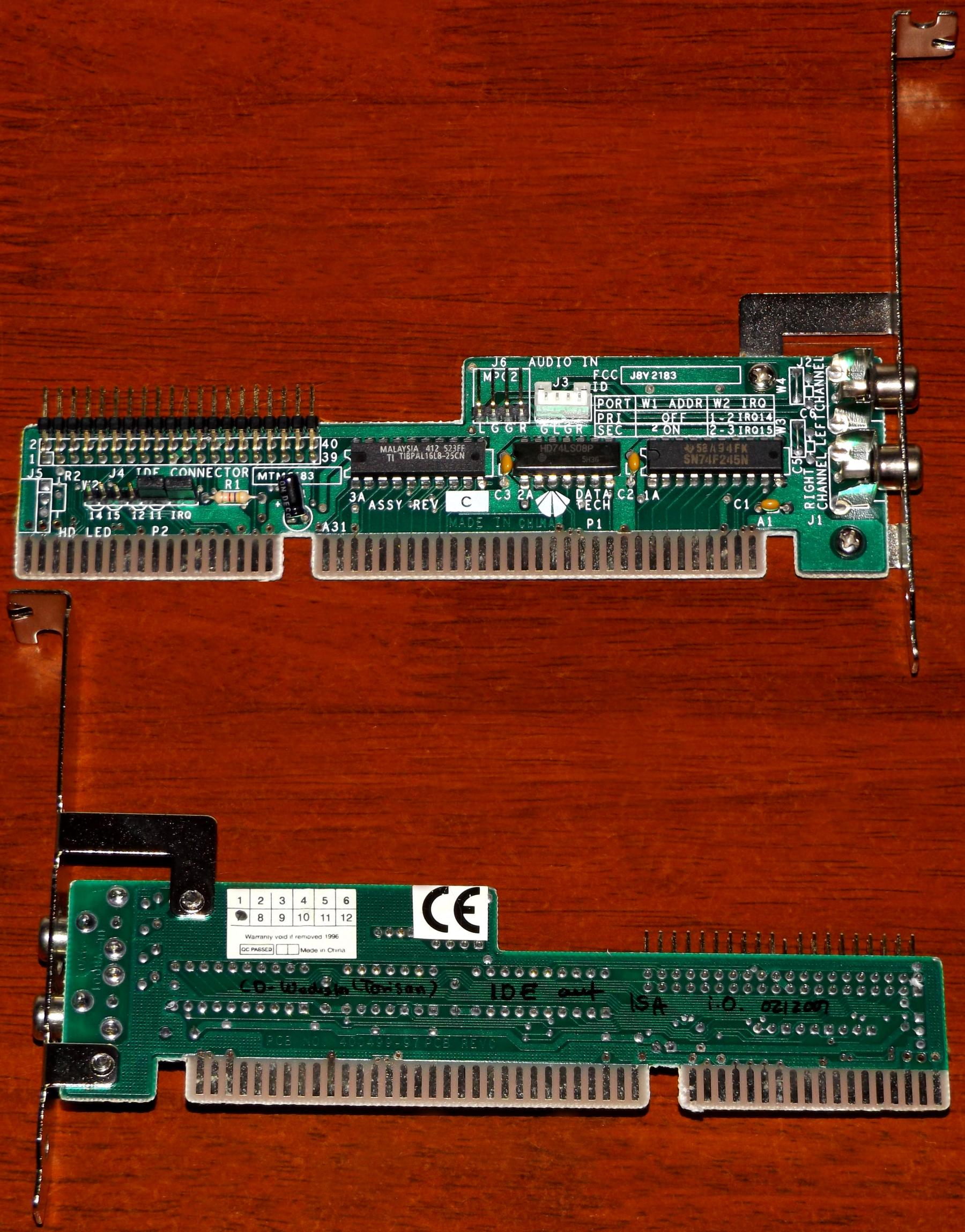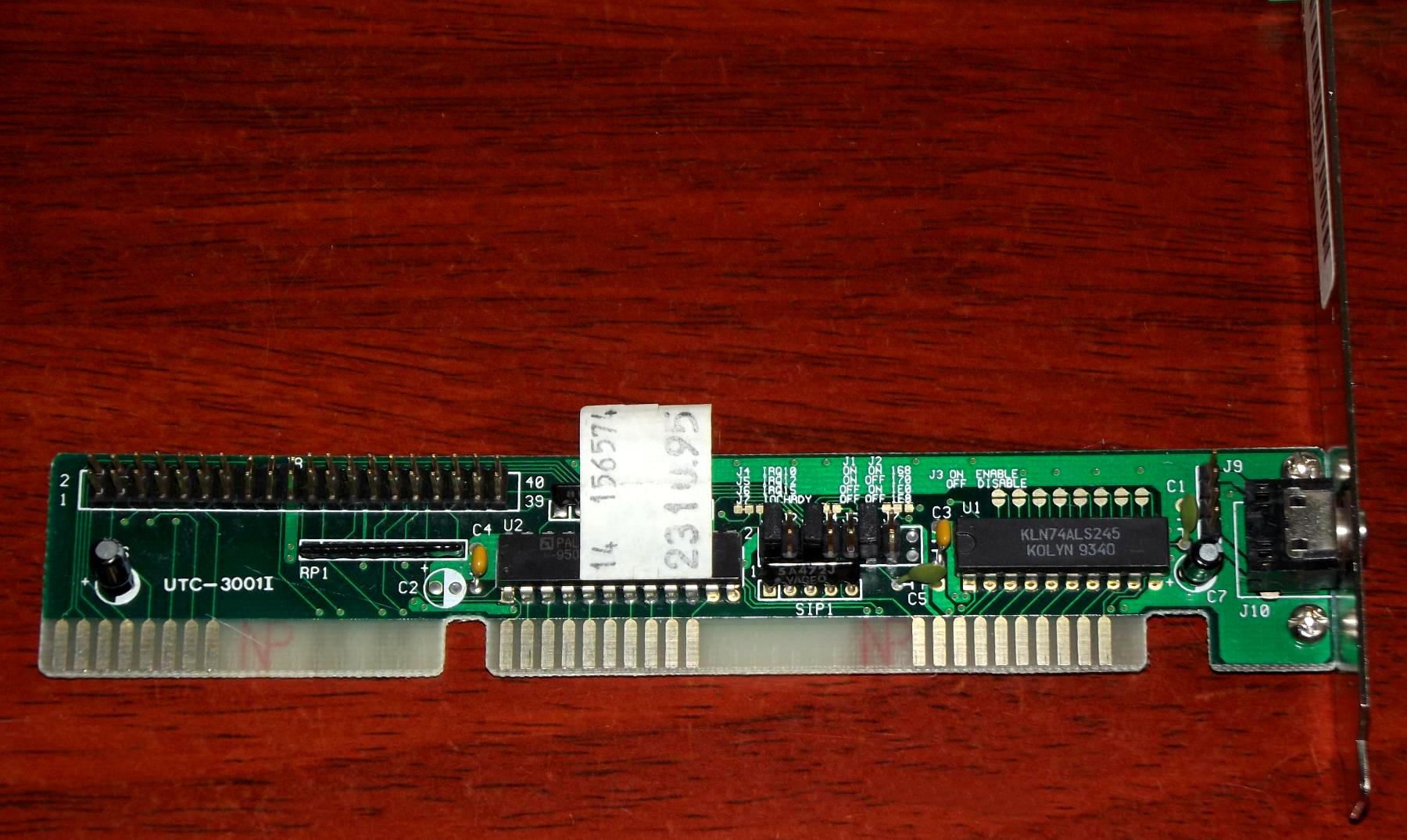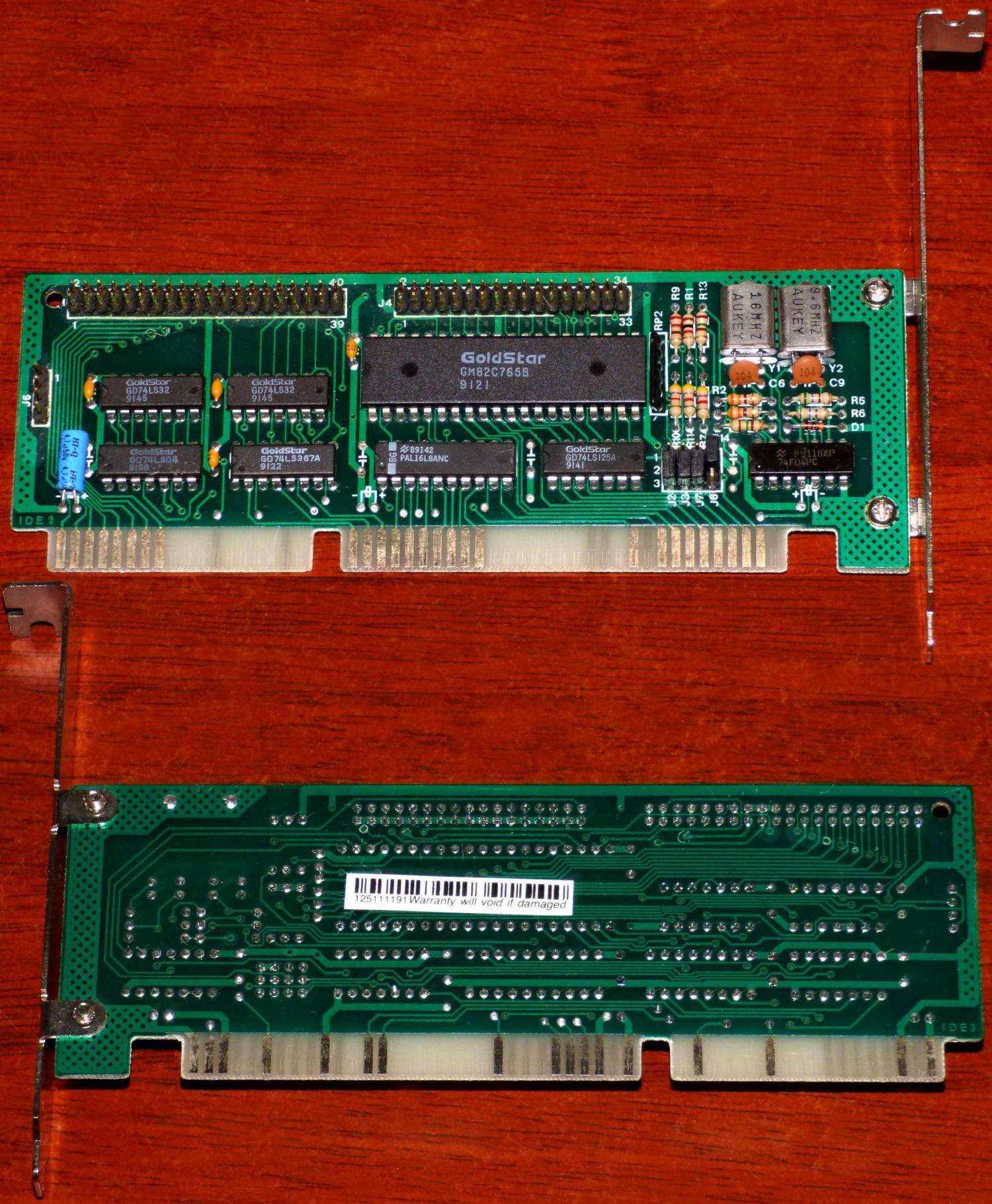First post, by pentiumspeed
I knew the someone mentioned UMC chipset was a trouble and that got me interested to know about more about other i/o chipsets and implement the IDE circuits properly too.
Might be a challenge, no PAL at all too.
Reason for choosing one so I can reproduce it in 4 or 6 layer PCB instead of two layers and much better routing, proper buffering as required in datasheets and less noise.
A search on ebay revealed 2 layers cards which I'm not interested in.
Cheers,
Great Northern aka Canada.



